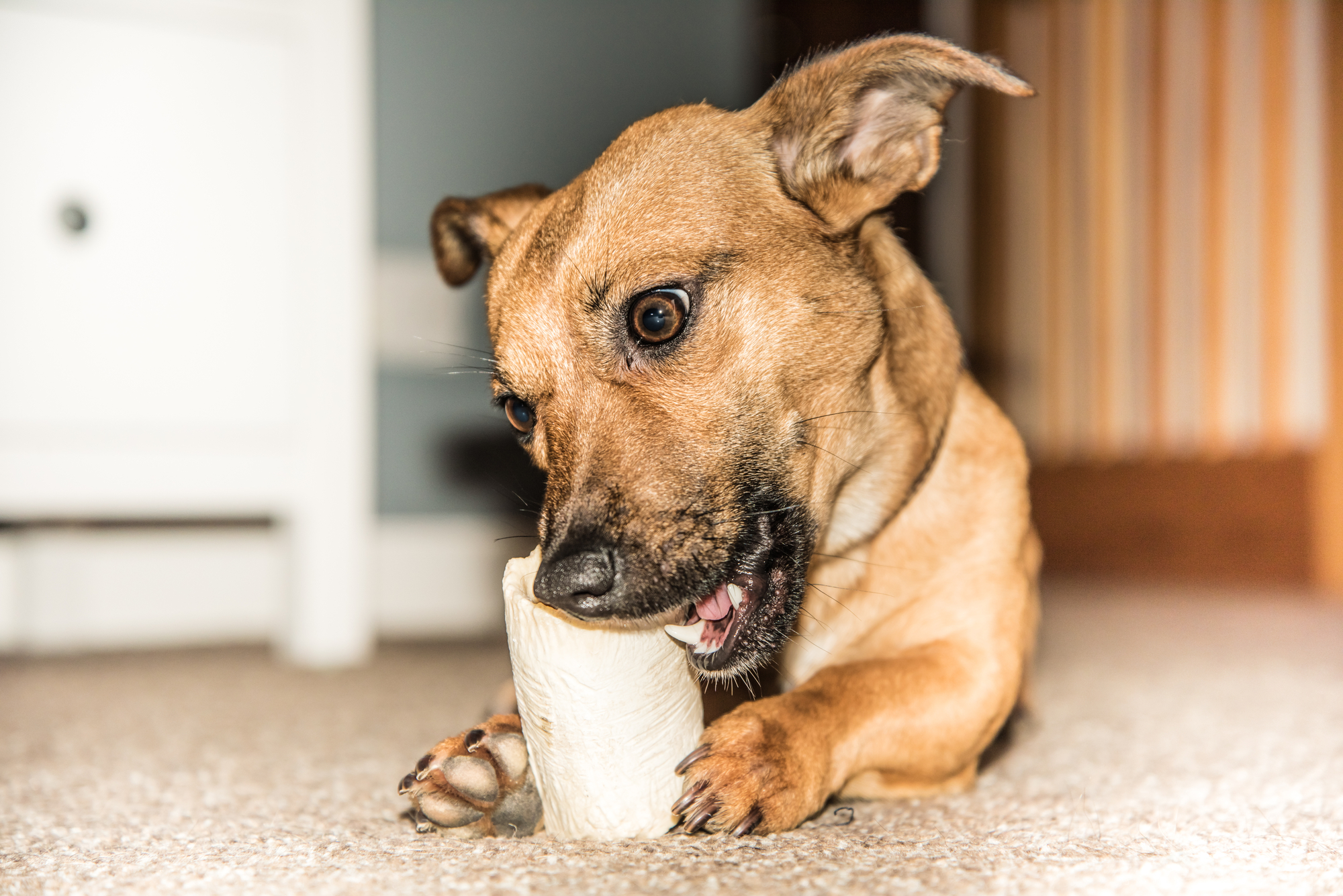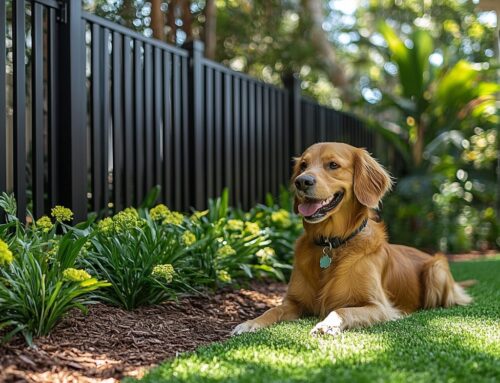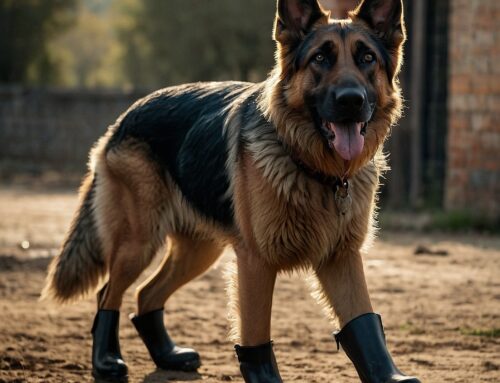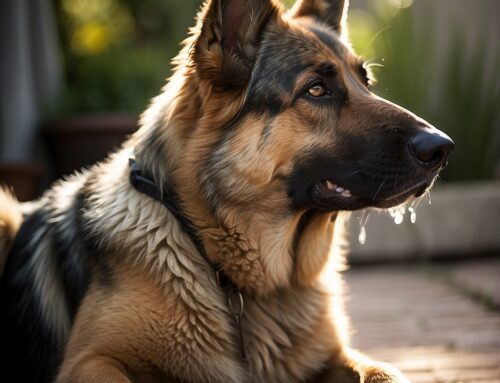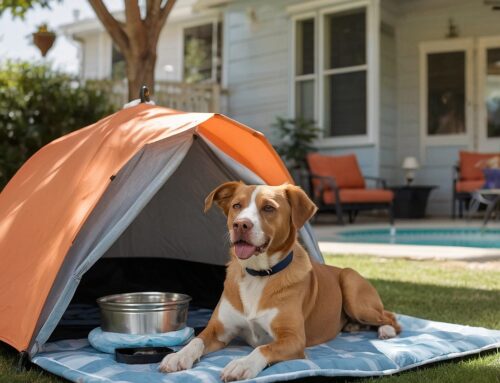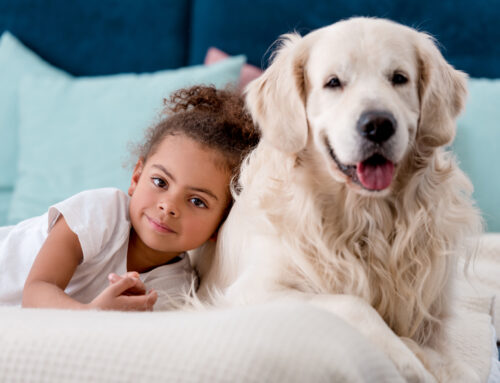There are hard chewers, and soft chewers. There are sucking chewers and nibblers. And these are just several of the many chewing styles dogs have when playing with, or devouring, a toy. In picking chew toys for your dog, it’s important to understand his chew style as well as the potential dangers and risks inherent in any toy you select for him. Those risks will differ depending on how your dog chews.
In addition to toys, beware of those environmental things that have unending appeal for your chewing dog but that can be extremely dangerous.
Why Do Dogs Chew?
Chewing is an important activity for dog’s physical and mental well-being. As you know, puppies are champion chewers, most of which they do to ease sore gums from teething. When older dogs chew, it promotes strong jaws and clean teeth. They also chew to soothe themselves from anxiety, frustration, and boredom.
But here’s the stickler – dogs do not discriminate when it comes to chewing objects. They will pick up anything that looks like a good candidate – good or bad – and chew their hearts are content — and hopefully not their health, away.
What To Evaluate in a Toy?
So, what exactly should you look for in a chewing toy or object? There are three main things to assess. These are:
- Hardness: An object that is too hard can damage your dog’s teeth
- Gastro risks: Some objects can easily be broken apart or splintered, resulting in chunks that can be swallowed, potentially lodging in your dog’s intestinal tract causing an obstruction
- Choking: Look for the same possibilities of chunks and pieces that can lodge in the dog’s trachea.
The bottom line here is that a simple toy or chewing object can have tragic consequences for your dog, so evaluate them carefully.
Chew Things to Avoid
No doubt you will be surprised by some of the items listed here, but the key is to know your dog, his chewing style, and your availability to be with him while he is chewing away.
Bones
What’s a dog without a bone? Definitely controversial, there are, nevertheless, things to be wary of when equipping your dog with bones. Here are some thoughts:
- Splintering: Cooked chicken and turkey bones are notorious for splintering, but so are other varieties with hard-core chewers. Small splinters and fragments can find their way into the dog’s intestines, collect there, and cause constipation.
- Hard bones: Uncooked beef bones are hard and can damage a dog’s teeth and jaw.
- Chunking: As mentioned above, bone chunks can break off and wreak havoc when swallowed.
Cheese Blocks and Cheese Bones
In general, cheese is a yummy treat for dogs that are not lactose intolerant. However, cheese that is hardened into blocks and bones can lead to broken teeth.
Cow Hooves
Adored by many a dog, cow hooves easily splinter and break off when chewed by even the lightest chewer.
Antlers
A coveted toy by both owners and dogs, the issue with antlers is their hardness. Although there are different grades, antlers can still splinter and break into small pieces.
Nylabones and Chew Toys
Who doesn’t give their dog a Nylabone? Watch your dog carefully when chewing his beloved Nylabone toy because they are notoriously hard and can result in broken teeth.
Pig Ears
In general, pig ears don’t cause any chewing problems, but they are extremely high in fat which can lead to vomiting and diarrhea. They may also potentially harbor bacteria so be mindful when choosing a reputable company.
Ice Cubes
What better treat on a hot day than to toss your dog an ice cube. Two issues here: hardness and a choking hazard.
Sticks
Sticks and stones may break my bones – so true when it comes to your canine friend. Sometimes an innocent and carefully observed game of fetch is okay, but never leave your dog to gnaw away unnoticed. Sticks can cause wounds to the mouth, eyes, abdomen and even heart!
Water Bottles
Although some toys are made with water bottles surrounded by other material, they are not safe for a dog to chew. Pieces can break off, with sharp edges, that can cut a dog’s mouth and cause internal damage if swallowed.
Rocks
Leave a pup unattended, and he might just start chewing away on the nearest rock. Small rocks can be easily swallowed leading to a serious choke or obstruction hazard.
Tennis Balls
It’s true: your dog’s beloved tennis ball poses several dangers when chewed. Tennis balls easily break apart and the fuzzy part can lead to blockages when swallowed. Games of catch and fetch should pose no problem as long as you don’t let your dog wander off alone with a tennis ball.
Be Careful With These Chew Items
It’s important to be careful with any toy you give your dog. Here are a few chew objects that are generally okay, with caution.
Bully Sticks
There are many great things about bully sticks. They are:
- High in protein
- High value to keep the most destructive and fastest chewer happily occupied
- Not tooth-breaking hard
- Great for tender puppy gums
The big risk with these delightful (to your dog) treats is that when chewed to softness, they can easily be swallowed and cause blockages. Also, since they are so high in protein, your dog may experience diarrhea.
Rawhide
The danger with rawhide chewing is that once the toy gets soft, it can be easily swallowed leading to blockage and other intestinal issues. If you give your dog rawhide, and he doesn’t go wild immediately trying to eat it, then some gnawing away while you watch and remove when it gets soft.
Testing Toys
Yes! You can test toys to see if they will be safe for your dog to chew. Here’s how:
- Press for hardness: Place your fingernail against the object and if there’s no “give,” then it’s probably too hard for your dog to chew.
- Check for softness: Some dogs love and cherish their “stuffies,” others destroy and devour them in a matter of minutes. If a toy is poorly constructed or can come apart quickly and easily, it’s not a good candidate for your dog.
- Applied material or coating: If you have any doubts about a coating on a prospective chew toy for your dog, pass it by.
- Inspect for size and shape: Make sure to select the right size toy for your dog. Also, be sure it doesn’t contain any crevices or holes where your dog can get his tongue or face stuck.
The key to keeping your dog safe with chew toys is to pay close attention to his chewing style and choosing toys that will entertain him without causing harm.



